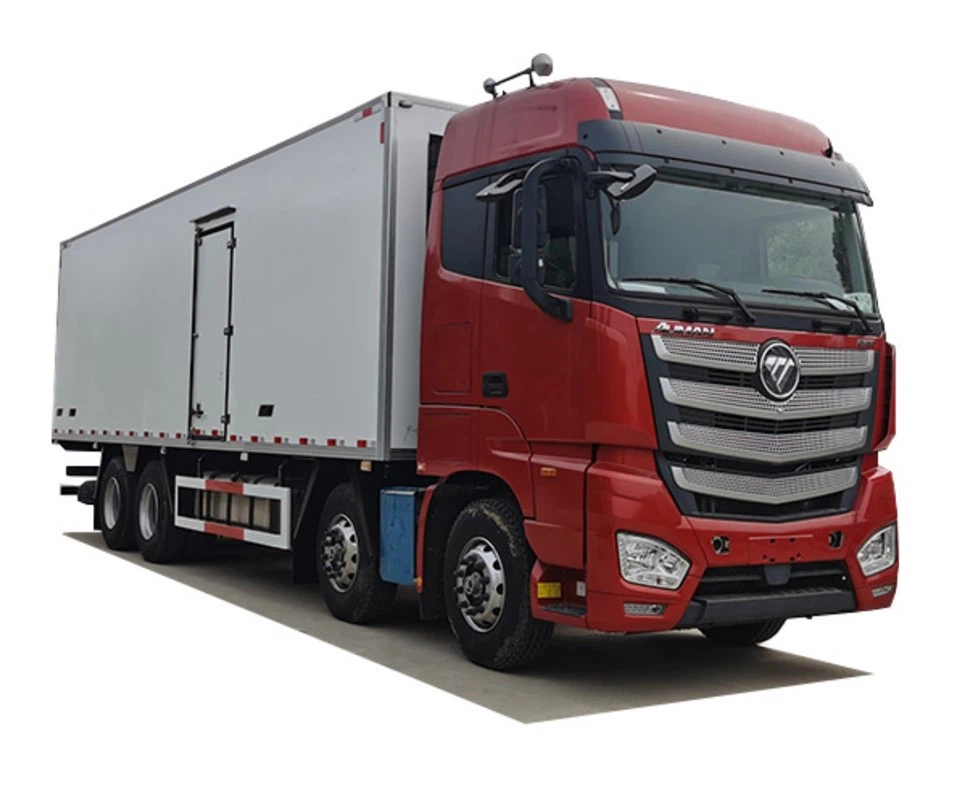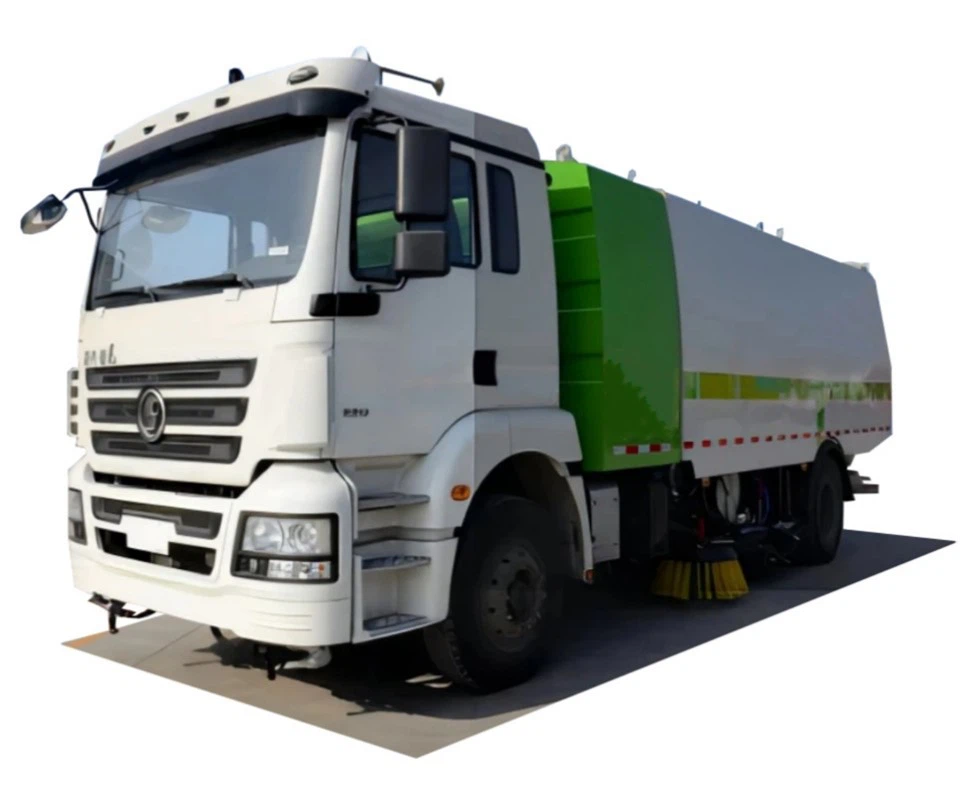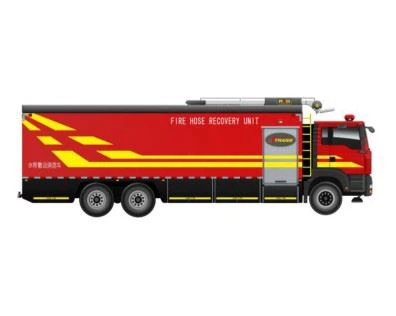Exploring the Single Axle Peterbilt: A Comprehensive Guide

Introduction
The single axle Peterbilt is an exceptional piece of machinery that has earned its reputation as a reliable workhorse in the trucking industry. Known for its durability, performance, and versatility, it’s a popular choice among both small operators and large fleets. In this article, we will examine everything you need to know about single axle Peterbilt trucks, including their specifications, benefits, maintenance tips, and much more.
What is a Single Axle Peterbilt?

A single axle Peterbilt truck is a type of commercial vehicle designed for a variety of hauling tasks. Unlike tandem axle trucks, which have two axles at the rear, a single axle model has one rear axle and one front axle. This configuration not only reduces weight but also boosts maneuverability, making it suitable for urban driving and tight spaces.
Key Features of Single Axle Peterbilt Trucks
- Lightweight Design: Single axle trucks are often lighter than their tandem counterparts, allowing for greater payload capacities.
- Fuel Efficiency: These trucks generally offer better fuel economy, which can lead to substantial savings over time.
- Maneuverability: The smaller size and lighter weight enhance driving flexibility, especially in congested urban environments.
Popular Models of Single Axle Peterbilt Trucks
Peterbilt 579
The Peterbilt 579 is renowned for its aerodynamic design and features that prioritize driver comfort. This model offers a range of powerful engine options and is suitable for various applications, from freight to delivery.
Peterbilt 388
The Peterbilt 388 is popular for its classic styling and robust performance. It provides exceptional visibility and comfort, making long-haul trips more manageable. Its single axle version is perfect for regional transport.
Peterbilt 337
The 337 is a versatile medium-duty truck suitable for a wide variety of industries, including construction and waste management. Its single axle configuration eases city driving, making it ideal for urban deliveries.
Benefits of Choosing a Single Axle Peterbilt
Cost Efficiency
One of the primary advantages of opting for a single axle Peterbilt is its cost-efficiency. The weight savings allow for higher payloads without exceeding weight limits, which can translate into better profits for operators. Furthermore, the initial purchase price is often lower than that of tandem axle trucks.
Easy Maintenance
Single axle models typically require less maintenance than larger trucks. This is due to a simpler drivetrain and fewer components, which translates to lower repair costs and improved longevity.
Improved Handling
The lighter weight and shorter wheelbase associated with single axle trucks improve handling and driver confidence, particularly in tight urban settings. This ease of handling is crucial for tasks that involve frequent stops and starts.
Versatile Applications
Single axle Peterbilts can be used in a variety of applications. From local delivery to light construction, they offer the adaptability needed for different industries. Their ability to switch from box trucks to flatbeds means you can maximize your fleet’s utility.
Common Specifications and Features
Engine Options
| Model | Engine Type | Horsepower Options |
|---|---|---|
| Peterbilt 579 | Diesel | 385 – 565 HP |
| Peterbilt 388 | Diesel | 350 – 600 HP |
| Peterbilt 337 | Diesel | 220 – 350 HP |
Transmission Options
Peterbilt offers various transmission options suitable for single axle trucks. Automatic and manual transmissions cater to different driver preferences and applications:
- 8-speed manual transmission
- 10-speed manual transmission
- Allison automatic transmissions

Choosing the Right Single Axle Peterbilt for Your Needs
Assess Your Requirements
Understanding your hauling needs is essential when selecting the right single axle Peterbilt truck. Consider factors such as:
- Payload capacity
- Terrain (urban vs. rural)
- Frequency of short vs. long trips
Budget Considerations

Budgeting for a new truck goes beyond the initial purchase price. Factor in fuel costs, maintenance, insurance, and potential financing fees to understand the total cost of ownership. Single axle models usually cost less up front and can be more economical over time.
Financing Options
Explore financing options that may help you manage your budget better:
- Loans from banks or credit unions
- Dealer financing offers
- Leasing options for lower initial costs
Maintenance Tips for Single Axle Peterbilt Trucks
Regular Inspections
Routine inspections are crucial for ensuring your truck’s longevity. Focus on:
- Tire pressure and tread
- Brake system inspections
- Fluids (oil, coolant, brake fluid)
Keeping Up with Service Intervals
Follow the manufacturer’s recommended service intervals for oil changes, coolant flushes, and transmission servicing to avoid costly repairs down the line.
Record Keeping
Maintain a detailed maintenance log. This can help identify recurring issues and facilitate smoother communication with mechanics about your truck’s history.
Comparing Single Axle vs. Tandem Axle Trucks
Weight and Payload
Single axle trucks, being lighter, allow for greater payloads without exceeding weight limits. Tandem axle trucks usually have a higher Gross Vehicle Weight Rating (GVWR) but can also be heavier even when empty.
Maneuverability and Handling
Single axle trucks excel in urban environments due to their superior maneuverability, whereas tandem axle trucks are often better suited for highways and longer trips.
Cost Considerations
Single axle models typically have a lower purchase price and maintenance costs. However, tandem axle trucks may provide better stability and traction, particularly when loaded heavily.
Real-World Examples of Single Axle Peterbilt Usage
Local Delivery Services
Many local delivery services rely on single axle Peterbilt trucks due to their efficiency in urban settings, providing reliable transportation of goods without requiring extensive maneuvering space.
Construction Projects
Construction companies often use single axle trucks for transporting tools and materials to sites, offering flexibility in navigating tight job sites.
Frequently Asked Questions (FAQ)
1. What is the typical lifespan of a single axle Peterbilt truck?
With proper maintenance, a single axle Peterbilt can last over 500,000 miles, with many reaching beyond 1 million miles.
2. How do I improve fuel efficiency in my single axle Peterbilt?
Fuel efficiency can be improved by regular maintenance, proper tire pressure, and adopting efficient driving habits such as smooth acceleration and braking.
3. Are single axle trucks suitable for long-haul trips?
While single axle trucks can handle long-haul trips, they are typically best suited for regional transport or shorter urban deliveries.
4. Can I customize my single axle Peterbilt?
Yes, Peterbilt offers a wide range of customizations, including engine types, transmissions, and features tailored to specific industries.
5. What kind of cargo can a single axle Peterbilt transport?
Single axle Peterbilt trucks can carry various loads, including freight, construction materials, and even specialized equipment, depending on the model and configuration.
6. What financing options are available for purchasing a single axle Peterbilt?
Options include bank loans, dealer financing, and leasing. The best choice depends on your operational budget and long-term plans.
